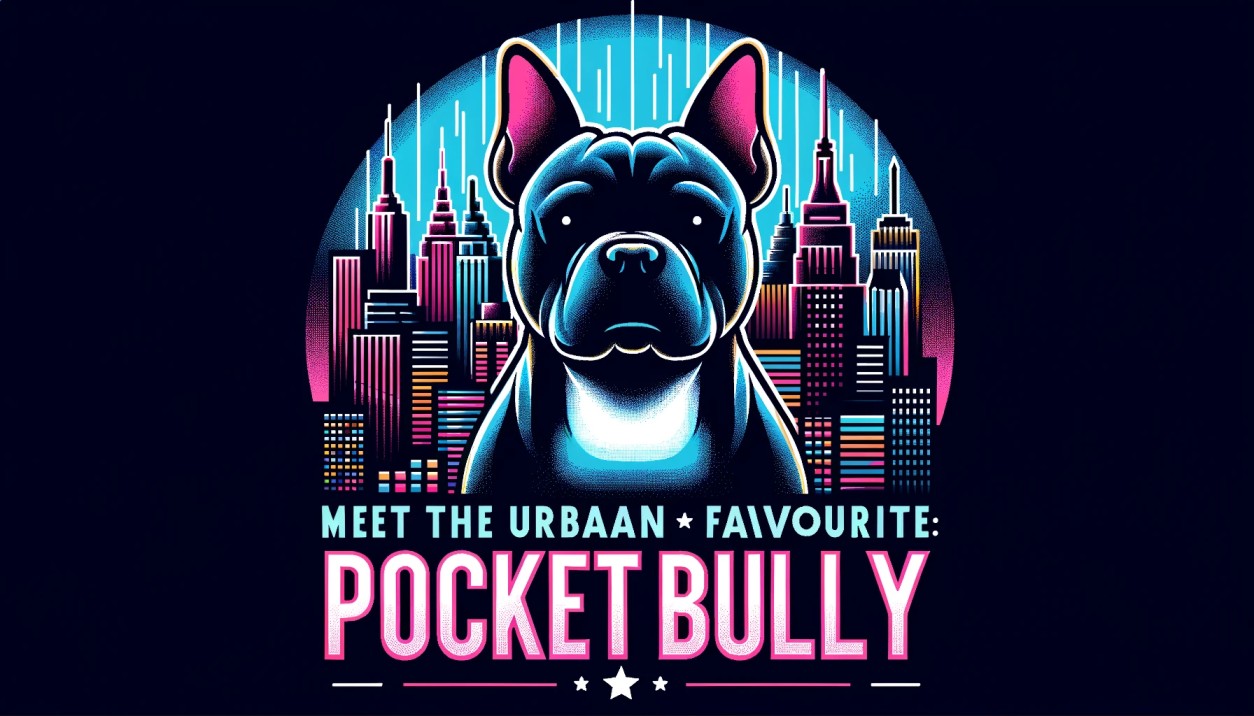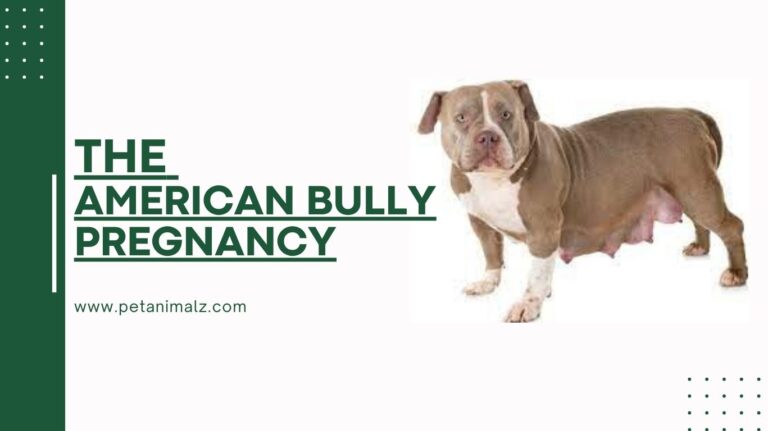The Pocket Bully: A Comprehensive Guide to Costs, Care, and More
Introduction:
The Pocket Bully is a unique breed that has captured the hearts of many dog enthusiasts around the world. With its growing popularity, many potential owners are curious about the costs associated with owning one. This guide aims to provide a brief overview of the Pocket Bully breed and shed light on the factors influencing its price.

1. What is a Pocket Bully?
- The Pocket Bully was recognized by the American Bully Kennel Club in 2004.
- It shares many physical characteristics with the American Staffordshire Terrier and the American Pit Bull Terrier, but stands out as a distinct breed.
2. Characteristics and Appearance of Best Pocket Bully:
- Height and Weight: Varies but is notably smaller than its counterparts.
- Coat and Color: Short, smooth coat with various color combinations.
- Head: Broad with a pronounced cheek muscle.
- Body: Muscular and sturdy.
- Legs and Feet: Short, muscular legs with wide feet.
- Tail: Thick at the base, tapering to a point.
- Behavior and Temperament: Known for their gentle demeanor, they are less aggressive than their ancestors and make great family pets.
3. Advantages of Choosing a Pocket Bully as a Pet:
- Health Benefits: Generally a hardy breed with fewer health issues compared to other breeds.
- Size Advantages: Their smaller size makes them suitable for apartments and smaller living spaces.
- Intelligence: Highly trainable and quick learners.
- Protective Nature: Loyal and protective of their families.
- Low Maintenance: Requires less grooming and care compared to other breeds.
4. Price Range of Pocket Bullies:
- Prices based on registration:
- Limited registration often costs less as these dogs are typically not meant for breeding.
- Full registration includes breeding rights and usually comes at a higher price.
- Factors influencing the price:
- Breeder reputation: Established breeders with a history of healthy litters may charge more.
- Lineage: The ancestry of the dog can significantly influence its price.
- Pedigree: Dogs from champion lines or with show-quality traits will be priced higher.
5. Tips on Finding a Reputable Breeder:
- Research: Always do thorough research before settling on a breeder.
- Health Clearances: Ensure the breeder provides health clearances for both puppy parents.
- Breed Information: A good breeder will be knowledgeable about the breed and willing to share information.
- Contracts: Reputable breeders often have contracts to protect the puppy, breeder, and buyer.
6. Essential Care Tips for Pocket Bullies:
- Exercise: Regular exercise is crucial to keep them fit and healthy.
- Socialization: Early socialization helps in developing a well-rounded dog.
- Diet: A balanced diet ensures they get all the necessary nutrients.
- Training: Consistent training from a young age is essential.
- Health Concerns: Regular vet check-ups and being aware of common breed-specific health issues.
- Affection: They thrive on human interaction and love.
7. Frequently Asked Questions:
Reliable sources for information
American Bully Kennel Club and breed-specific forums.
Differences between American Bully and Pocket Bully
Size is the primary difference, with Pocket Bullies being smaller.
Suitability for children
Generally suitable, but always supervise interactions between dogs and young children.
How much is an XL Bully?
The exact price of an XL Bully can vary based on various factors such as breeder reputation, lineage, and pedigree. The article mentions a specific instance where a puppy was bought for £3,000, but this is just one example, and prices can vary widely.
Are pocket bullies legal in the UK?
The article mentions that Pitbull Terriers and “Pitbull-types” are banned in the UK under the Dangerous Dogs Act. However, it doesn’t specifically state if pocket bullies fall under this category. It’s advisable to consult local regulations or animal control authorities for specific details.
How much is a nano Bully?
The article does not provide information on the price of a nano Bully.
What is an XL bully?
An XL Bully is a larger variant of the American Bully breed. The specifics of their characteristics were not detailed in the article.
How big can a pocket bully get?
The article does not provide specific measurements for the size of a pocket bully.
Ho to Find a Good Breeder:
When it comes to adding a new furry member to your family, the importance of choosing a reputable breeder cannot be overstated. A good breeder not only ensures that you get a healthy puppy but also provides valuable insights into the breed’s characteristics, care requirements, and potential health issues. Here’s how you can find a good breeder:
- Research: Start by searching online for breed-specific clubs or organizations. These often have breeder directories that list members who adhere to the club’s code of ethics.
- Health Clearances: Reputable breeders will provide health clearances for both puppy parents. These clearances prove that a dog has been tested for and cleared of specific health conditions.
- Visit the Breeder: If possible, visit the breeder’s facility. This allows you to see the conditions in which the puppies are raised and meet the puppy’s parents.
- Ask Questions: Prepare a list of questions to ask the breeder. This can include questions about the breed, the puppy’s lineage, and any health guarantees they offer.
- Breed Knowledge: A good breeder will be knowledgeable about the breed and should be able to provide guidance on care, training, and health issues.
- Contract: Reputable breeders often have contracts that outline the responsibilities of both the breeder and the buyer. This can include spay/neuter requirements, return policies, and health guarantees.
- References: Ask the breeder for references from previous buyers. This gives you an opportunity to learn about other people’s experiences with the breeder.
- Avoid Red Flags: Be wary of breeders who have multiple litters available at once, won’t allow you to visit their facility, or can’t provide health clearances.
Remember, a good breeder will be just as interested in finding a good home for their puppies as you are in finding a good puppy. They will ask you questions, provide post-purchase support, and show genuine care for the well-being of their dogs
Conclusion:
Owning a Pocket Bully is a joy and responsibility. It’s essential to do thorough research before purchasing to ensure you’re getting a healthy dog from a reputable source. The bond you’ll form with your Pocket Bully will be worth the effort, offering years of companionship and love.





